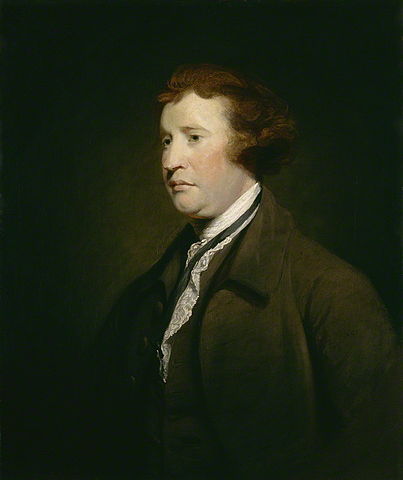Conservatism vs Liberalism
Conservatism and Liberalism represent two different schools of thought that show significant differences between them. Liberalism focuses on the importance of liberty and equal rights, while conservatism aims to preserve traditional institutions and maintain tradition. These two ideologies have distinct characteristics, with Edmund Burke being the father of conservatism and John Locke being the first person to develop a liberal philosophy.
What is Conservatism?
Conservatism seeks to preserve the status quo and is generally resistant to change in how things function. It is often viewed as an attitude rather than a philosophy and is considered a constant force that contributes to societal development. Some thinkers of the past regard conservatism as an ideology.
There are several variants of conservatism, including liberal conservatism, libertarian conservatism, fiscal conservatism, green conservatism, cultural conservatism, social conservatism, and religious conservatism.
Conservatives today typically prefer smaller-scale government institutions, emphasizing individual responsibility. They believe that individuals should take more responsibility for solving problems rather than relying on the government to solve every issue.
Some traditional conservative views include opposition to abortion, as they believe that a conceived baby is equivalent to a living human being. They also disagree with euthanasia, arguing that allowing a terminally ill person to commit suicide is unethical. Conservatives tend to support the death penalty, believing it is the appropriate punishment for the crime of killing another person, aligning with the traditional belief that punishment should fit the crime.
What is Liberalism?
Liberalism emphasizes liberty and equality, advocating for minimal or no government interference in political institutions or religions, as these areas should be freely accessible to everyone. Liberals also expect the government to ensure that people have equal rights.
Liberalism connects various intellectual trends and schools, with classical liberalism becoming popular in the eighteenth century and social liberalism gaining prominence in the twentieth century. Liberal philosophy was used in the American Revolution and the French Revolution, indicating that it was considered a philosophy.
The primary goal of liberalism is to create a world free from government interference or, if that is not possible, to minimize government intervention. Liberals believe that governments can hinder individual success and should stay out of people’s lives. They also support fundamental ideas such as constitutionalism, liberal democracy, human rights, and freedom of religion.
Some examples of liberal views include support for abortion, as they believe that a woman has the right to choose what happens to her body and that a fetus is not a living human being. Liberals also support euthanasia, arguing that even terminally ill individuals have the right to die with dignity if they wish. Regarding the death penalty, liberals generally oppose it, believing that it is not the appropriate punishment for the crime of killing another person and that there is a chance of executing an innocent person.
Key Takeaways
- Conservatism aims to preserve traditional values and institutions, while liberalism focuses on liberty and equality.
- Conservatism tends to prefer smaller-scale government institutions and emphasizes individual responsibility, whereas liberalism seeks minimal government interference and protection of equal rights.
- There are various types of conservatism and liberalism, including liberal conservatism, libertarian conservatism, fiscal conservatism, green conservatism, cultural conservatism, social conservatism, religious conservatism, classical liberalism, and social liberalism.
